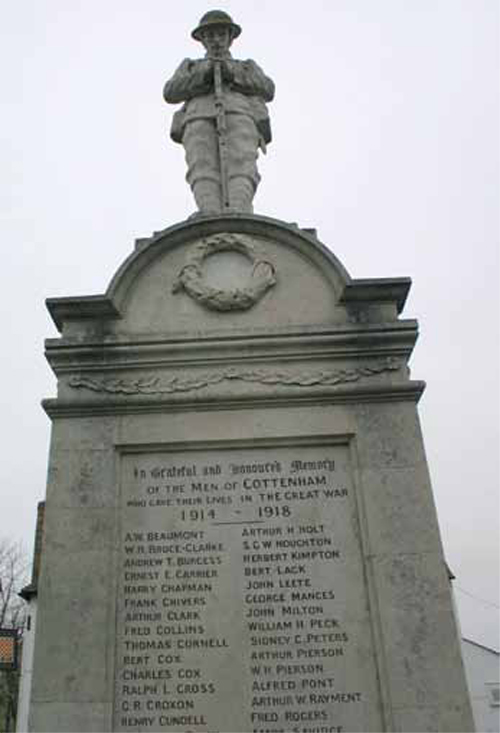Relevant, rigorous and revisited: using local history to make meaning of historical significance
Teaching History article

Using local history to make meaning of historical significance
Please note: this article pre-dates the 2014 National Curriculum and some content may be outdated.
The idea of engaging pupils with the relevance of local memorials is becoming commonplace in the history classroom. In Teaching History 109, Examining History Edition, Dale Banham's pupils used First World War memorials to assess the impact the war had on their local area. Building on this, Brown and Woodcock decided to give their pupils more ownership of their own series of lessons on memorials of the First World War. Inspired by the work of Phillips, Martin and Counsell, the revised series of lessons explores the significance of the war for the local community. Pupils use databases to devise their own questions. They are then asked to infer the criteria for ‘greatness' implicit in the writing of E.H. Gombrich on the First World War. Finally, Gombrich's criteria are tested against the local database. Such work exploits the engagement value of local history and databases to move on pupils' thinking about historical significance. These are two aspects of history given new prominence in the 2008 programme of study. Both Brown and Woodcock's rationale and their teaching ideas could help add an extra focus as you revise Key Stage 3 schemes of work. Figure 6 is a particularly useful summary of the key concept of significance based on discussions in Woodcock and Brown's department...
This resource is FREE for Secondary HA Members.
Non HA Members can get instant access for £2.75

